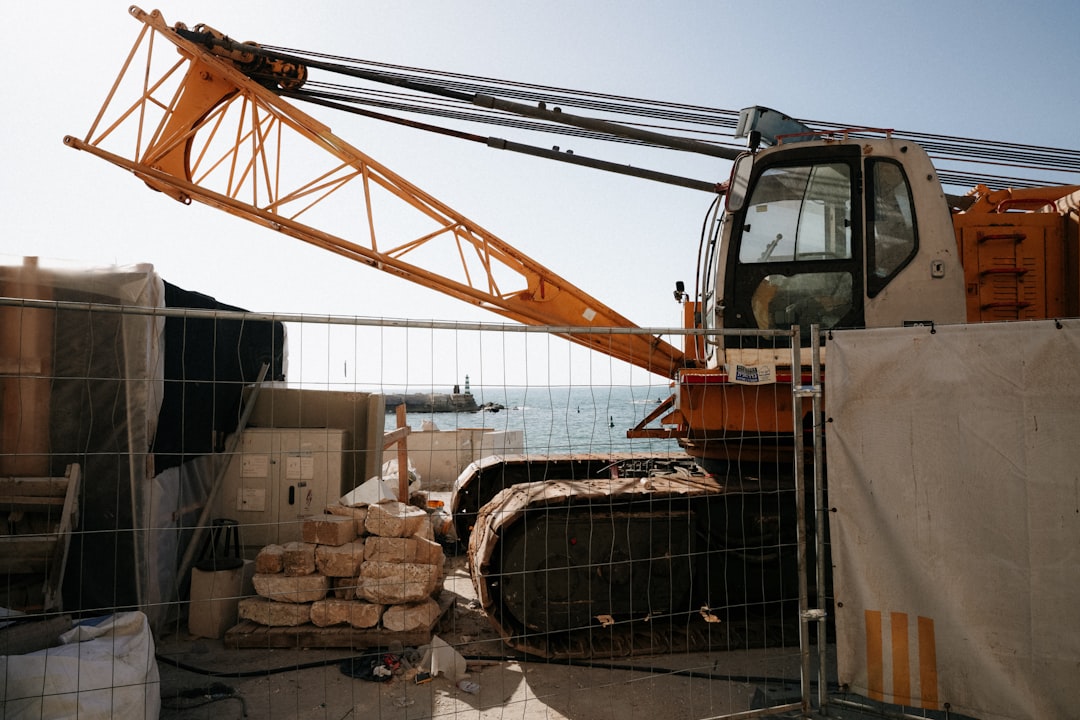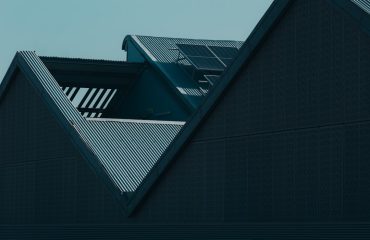Material selection in construction is a critical process that significantly impacts the project’s success. Choosing the right materials ensures structural integrity, durability, cost-effectiveness, sustainability, and aesthetic appeal. This comprehensive guide will delve into the key factors to consider when making these crucial decisions.
1. Structural Performance: The Foundation of a Strong Build
The primary function of any construction material is to provide structural support. This requires careful consideration of the material’s strength, stiffness, and load-bearing capacity. Different materials exhibit varying properties. Steel, for instance, boasts high tensile strength, making it ideal for high-rise buildings and bridges. Concrete, on the other hand, excels in compressive strength and is widely used in foundations and slabs. Timber, a renewable resource, offers good strength-to-weight ratio and is suitable for framing and decking. The selection process must account for anticipated loads, environmental factors (like seismic activity or wind loads), and local building codes. Engineers use sophisticated software and calculations to determine the appropriate material and its dimensions to ensure structural stability and safety.
2. Durability and Longevity: Building for the Long Haul
Beyond initial strength, the long-term performance of materials is paramount. Durability encompasses resistance to weathering, degradation, and damage from various sources. Materials exposed to harsh weather conditions require high resistance to moisture, UV radiation, and temperature fluctuations. For example, choosing durable exterior cladding like fiber cement or brick can significantly reduce maintenance costs and extend the building’s lifespan compared to less durable options. Similarly, the selection of corrosion-resistant materials like stainless steel for exposed elements is crucial in coastal or industrial environments. Understanding the specific environmental challenges of the construction site is key to selecting materials that can withstand the test of time.
3. Cost-Effectiveness: Balancing Quality and Budget
Cost is a crucial factor in any construction project. While initial material costs are important, it’s vital to consider the lifecycle cost, which encompasses initial purchase, installation, maintenance, and eventual replacement. A seemingly cheaper material might require frequent repairs or replacements, ultimately increasing the overall cost. For instance, while cheaper timber might be initially attractive, its shorter lifespan compared to engineered wood products might negate the cost savings in the long run. A thorough cost-benefit analysis, considering both short-term and long-term expenses, is crucial for making informed decisions.
4. Sustainability and Environmental Impact: Building Responsibly
The construction industry is a significant contributor to environmental impact. Sustainable material selection aims to minimize this footprint by prioritizing materials with low embodied carbon, recycled content, and renewable sources. Using recycled steel, reclaimed timber, or locally sourced materials reduces transportation emissions and supports sustainable practices. The embodied energy of a material, which represents the energy consumed in its extraction, processing, and transportation, is another key consideration. Choosing materials with lower embodied energy contributes to a smaller carbon footprint. Furthermore, selecting materials that are easily recyclable or biodegradable at the end of their lifecycle promotes circular economy principles.
5. Aesthetics and Design: Creating Visually Appealing Structures
The aesthetic qualities of materials significantly influence the overall design and visual appeal of a building. The color, texture, and finish of materials contribute to the building’s character and style. For example, the choice between exposed brick, smooth concrete, or timber cladding can drastically alter the building’s aesthetic. Material selection should align with the architectural design and the desired aesthetic outcome. Considering the long-term impact of material choices on the building’s appearance is important, as material degradation or discoloration can negatively impact the overall aesthetics over time. Therefore, selecting materials that maintain their visual appeal over the years is a key consideration.
In conclusion, material selection in construction is a multifaceted process requiring careful consideration of structural performance, durability, cost-effectiveness, sustainability, and aesthetics. By carefully evaluating these factors and leveraging the expertise of engineers and architects, construction projects can achieve optimal results, creating structures that are safe, durable, sustainable, and visually appealing.
Tags: material selection, construction materials, building materials, sustainable construction, cost-effective construction




